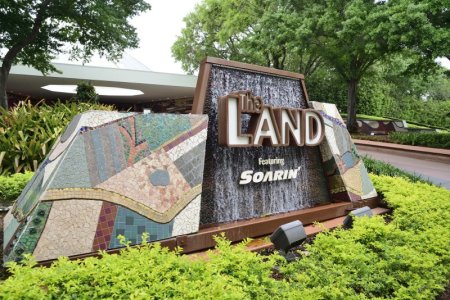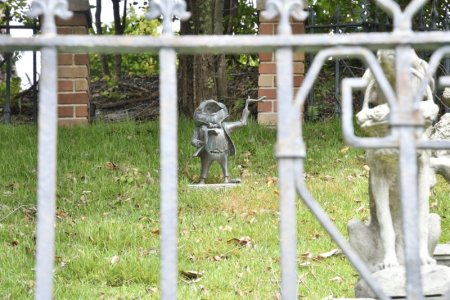First thing's first: up your compositional skill first, then get a camera once you see how your phone is holding you back creatively. Second, if you can afford it, get one of the latest generation mirrorless cameras, as there's been a leap in automation and autofocus performance in the current generation. As of today, the lowest priced cameras with the new processors are the Nikon Z50II, Sony A6700, and Nikon Z5II.
A dedicated camera is capable of giving much better results - and the simple explanation is the physics of optics. With today's phones and cameras, the limiting factors in quality are how many photons hit the sensor, and how big the lens opening (called aperture) is.
When you have fewer photons, and the random nature of photons takes over and creates noisy images - not a big deal in bright sunlight, but it becomes a problem in lower light. Phones try to make up for this by taking a short video (yes, the sensor goes into video mode for this trick) and then using the individual video frames to composite a lower light image together, but this is a poor substitute for a bigger sensor. And even in bright light, the larger sensor can see substantially more detail in shadows and bright sections of the frame than your phone can.
The second part is the size of the lens aperture. Basically, the bigger the opening, the less you're impacted by optics issues, and the more you can blur your background or foreground.
So, two instructive images to show the difference. These were both taken with an APS-C sized sensor camera using a basic zoom lens. Interestingly, all illustrate something you could even do with a film camera that you can't with your phone.

The first is a simple photo, but two callouts: first, the light was low enough that my Galaxy S22 could not take a sharp image, and this was just in heavy overcast. Second, if you look carefully, you will notice how the trees in the background are slightly blurred, almost looking like they were taken on a cell phone, while the sign itself (especially the letter L) is very sharp. On a big screen or print, this much more apparent, Disboards really cuts down the resolution.


This second image takes depth of field to much farther (using an APS-C camera and zoom lens, anyway) - the ability to blur the foreground and focus on Thaddeus Toad.

And, just for fun, if you get really into it as a hobby and want to really push it, and are willing to carry the gear, you can do something like this. No, I don't carry an over 2 pound lens attached to a similar sized camera into Disney parks usually.


![20240409_175431[1].jpg 20240409_175431[1].jpg](https://www.disboards.com/data/attachments/963/963577-8f406b9d14849584e5a2edbcc4526172.jpg?hash=jMayt-5Zrh)




